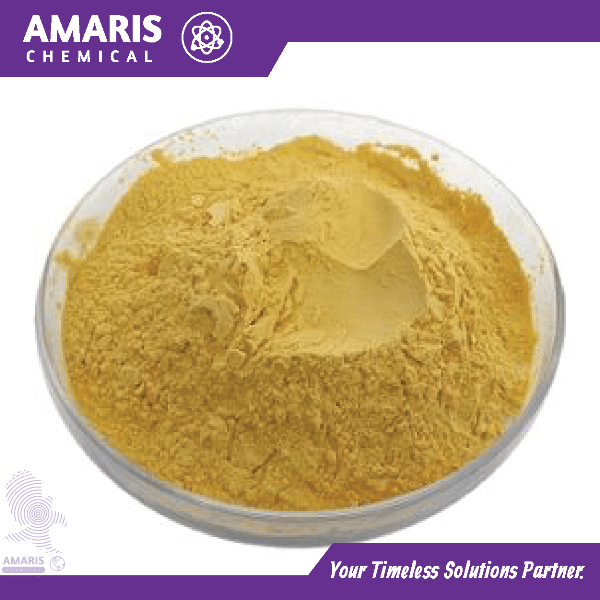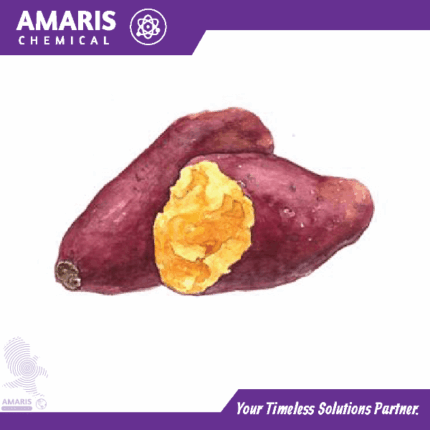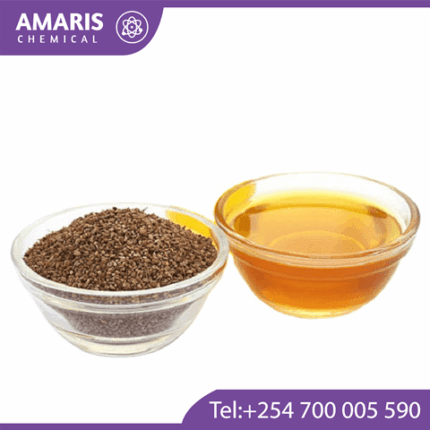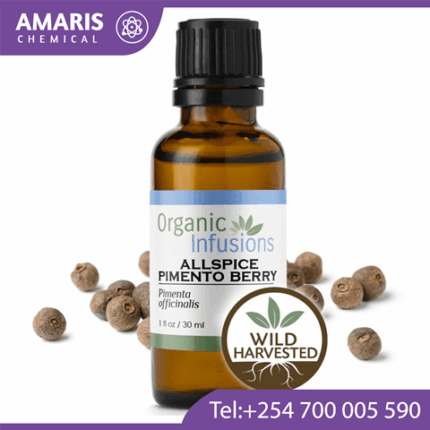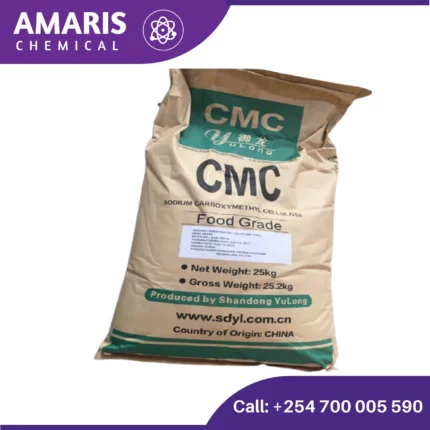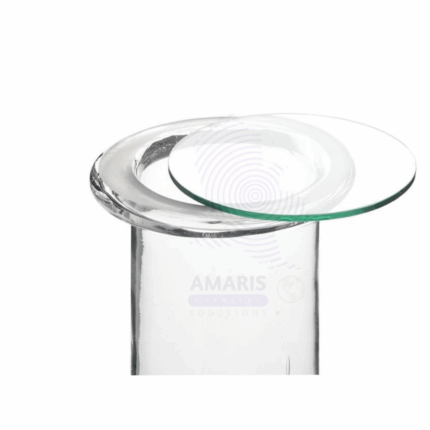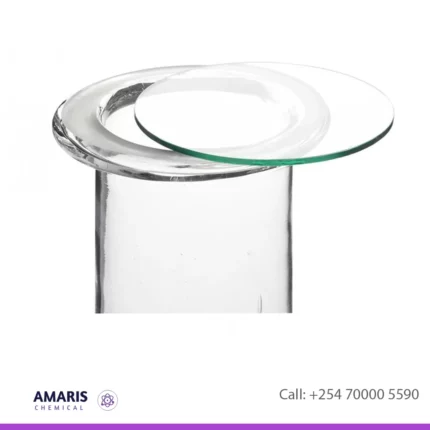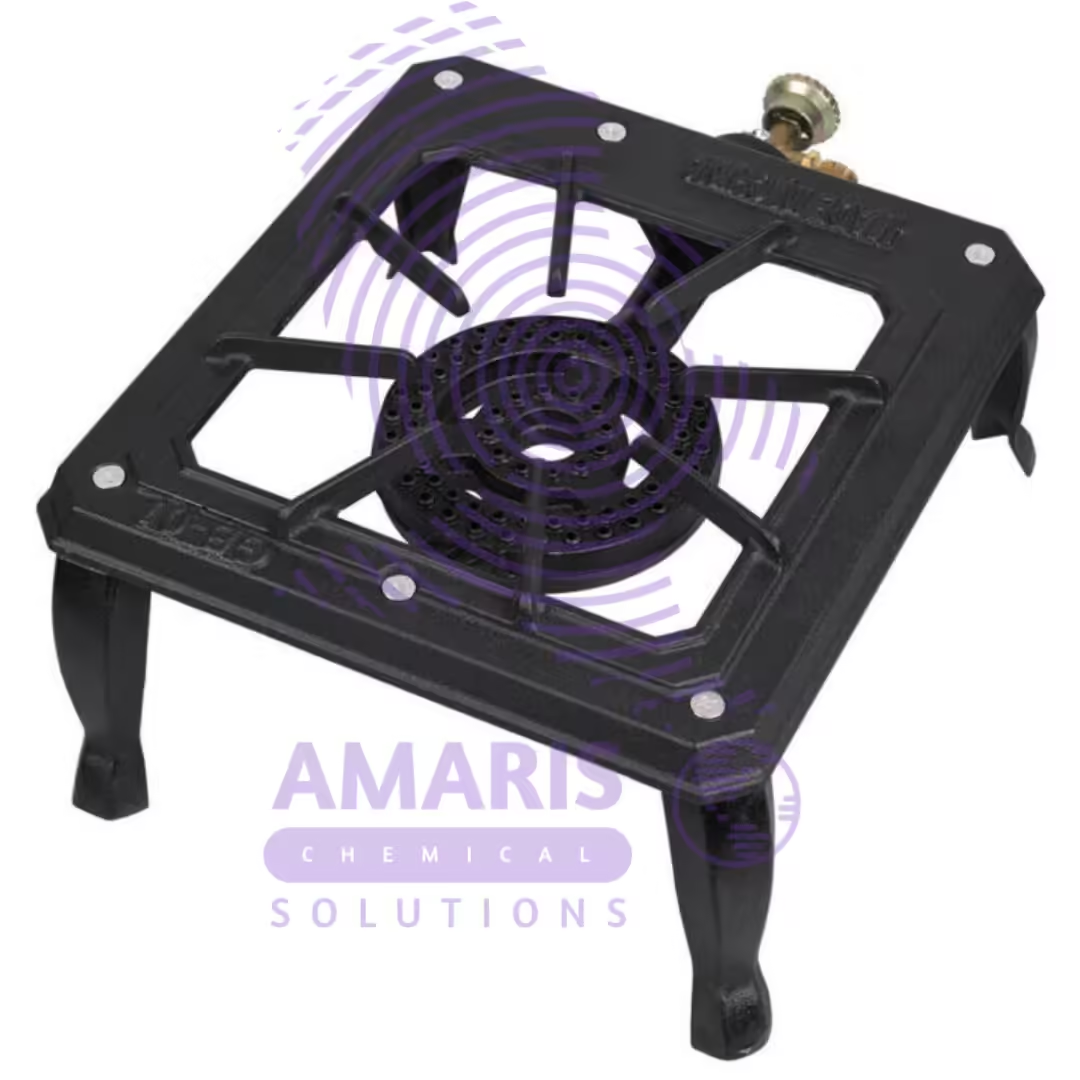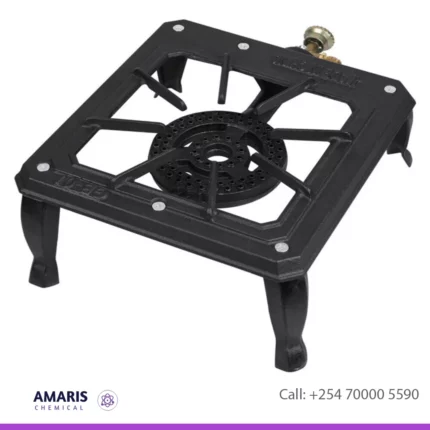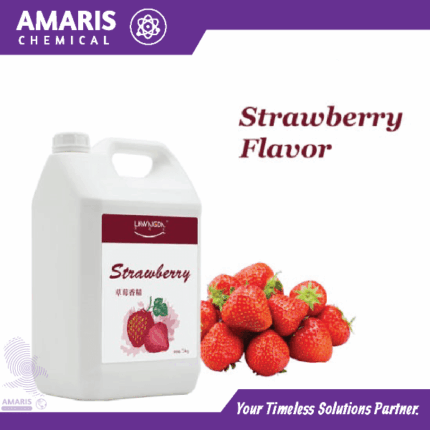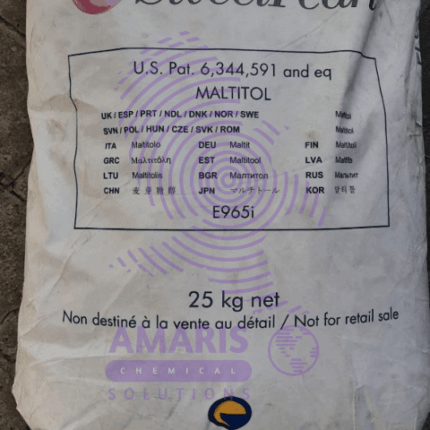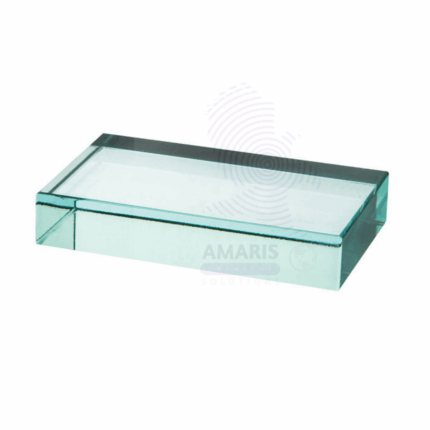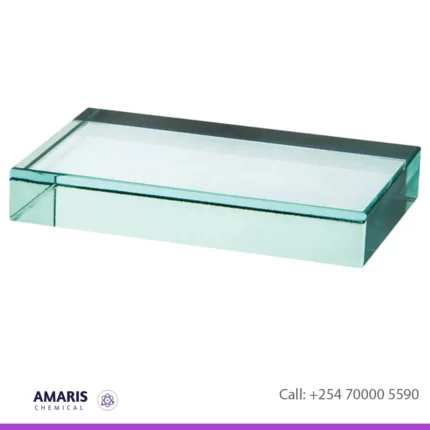“Lycasin Liquid sugar replacers” has been added to your cart. View cart
“Lycasin Liquid sugar replacers” has been added to your cart. View cart
Xylanase baking enzymes
KSh0.01
Shipping & Delivery
Related products
CarboxyMethyl Cellulose Food Grade (CMC)
Carboxymethyl cellulose (CMC) is a water-soluble polymer that is derived from cellulose, which is a naturally occurring polymer found in plant cell walls. CMC is produced by chemically modifying cellulose through the addition of carboxymethyl groups, which gives it its unique properties such as high water solubility, thickening ability, and film-forming properties.
CMC is widely used in a variety of industries, including food, pharmaceuticals, cosmetics, and textiles, as a thickener, binder, stabilizer, emulsifier, and dispersant. It is commonly found in food products such as ice cream, salad dressings, and baked goods as a thickener and emulsifier, as well as in cosmetics and personal care products such as toothpaste and shampoo as a binder and stabilizer.
Gas Stove Portable
Liquid strawberry flavor food grade
Maltitol powder 25kg
KSh0.01
Maltitol powder is a sugar alcohol that is derived from maltose, a type of sugar. It is a white crystalline powder that looks and tastes like sugar, but has fewer calories and a lower glycemic index. Maltitol powder is commonly used as a sugar substitute in food products, especially in those marketed to people with diabetes or those looking to reduce their sugar intake. It is also used as a bulking agent and sweetener in a variety of other food and beverage products, including candy, chewing gum, baked goods, and ice cream.
Rectangular Glass Block
Rectangular glass blocks are commonly used in laboratory settings for various purposes. Here are some common uses:
- Windows: In laboratory buildings, rectangular glass blocks are often used as windows to allow natural light into the space while maintaining safety and privacy.
- Partition Walls: Glass blocks can be used to construct partition walls within the laboratory, separating different work areas while still allowing visibility and light transmission.
- Observation Windows: In controlled environments such as cleanrooms or containment labs, rectangular glass blocks may be installed as observation windows, allowing researchers to monitor experiments or processes from outside the controlled area.
- Fume Hood Windows: Glass blocks are sometimes used as windows in fume hoods, providing a transparent barrier between the user and hazardous chemicals or fumes while still allowing observation of experiments.
- Light Transmission: Glass blocks can also be used in experimental setups where controlled light transmission is required, such as in optical experiments or photobiology studies.
- Decorative Elements: In some cases, glass blocks are used for aesthetic purposes in laboratory design, adding visual interest to the space while still providing functional benefits like light transmission and visibility.

